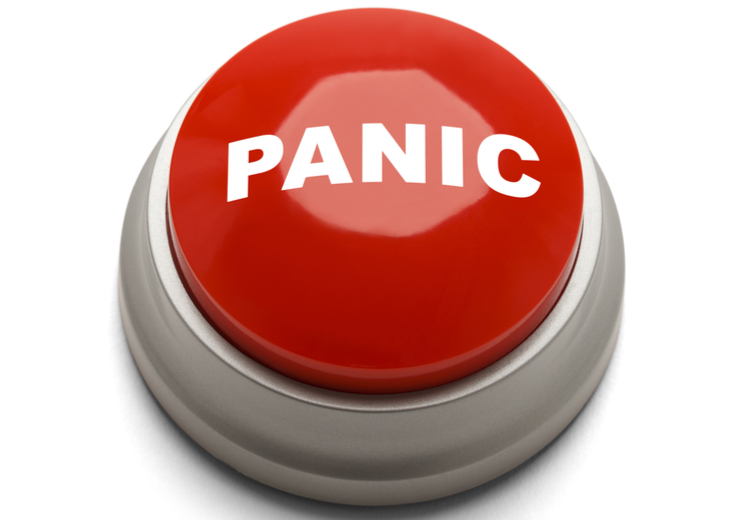Last week the federal government took over Silicon Valley Bank and seized management of customers’ deposits in the billions. It is reported to be the largest bank failure since 2008.
Reporting for Axios:
For roughly 77 hours, between noon ET on Friday and 6pm on Sunday, a chorus of Silicon Valley bigwigs and elected leaders called vocally for uninsured depositors of Silicon Valley Bank to be made whole — to be bailed out by the federal government. In the end, they got what they wanted.
FDIC insurance covers up to $250,000 of deposits, all of which will be made available by Monday morning. But most of SVB’s customers are companies with much higher balances, and it’s not yet clear how much money they’ll be able to draw and when.
According to the former director of the Congressional Budget Office Doug Holtz-Eakin:
This looks like a business model failure. The Silicon Valley Bank had poor management of its Tier 1 capital, heavily concentrated in one asset. And it had a very narrow client base. It’s all tech companies. It’s literally just Silicon Valley. So, I think of this as a real management failure. I don’t think it’s a financial system failure.”
Bad Monetary Policy?
CEO Dennis M. Kelleher, co-founder and president of Better Markets, suggests a larger problem:
While the immediate financial stability threats will materialize or be addressed, the underlying fundamental problems caused in large part by the Fed will remain and likely get worse.
The Fed’s actions to fight increasing inflation will need to be materially adjusted, which it should be anyway because inflation is driven by many factors that are beyond the Fed’s control. Causing financial instability and a recession (of any depth and length) while missing the mark on inflation should cause a fundamental rethinking of the Fed’s powers, authorities and role.”
This week’s bank failures, writes the WSJ, are “another painful lesson in the costs of a credit mania fed by bad monetary policy.”
The reckoning always arrives when the Fed has to correct its mistakes. That was the story of 2008, and it’s the eternal lesson that economic historian Charles Kindleberger taught in “Manias, Panics, and Crashes.” We saw the first signs of panic in last year’s crypto crash and the liquidity squeeze at British pension funds.
More Casualties to Come?
Treasury Secretary Janet Yellen said Friday that the U.S. banking system “remains resilient,” but that’s what Fed officials Ben Bernanke and Tim Geithner thought before the 2008 panic.
The Fed Needs to Tread Carefully
Big banks today are much better capitalized than before the 2008 financial crisis, continues the WSJ.
… some regional and small banks with less diverse deposit bases may be vulnerable to shocks. Some may be over-exposed to industries such as commercial real estate that are under stress. The Fed will have to be careful as it continues its anti-inflation campaign.
If you’re willing to fight for Main Street America, click here to sign up for the Richardcyoung.com free weekly email.





